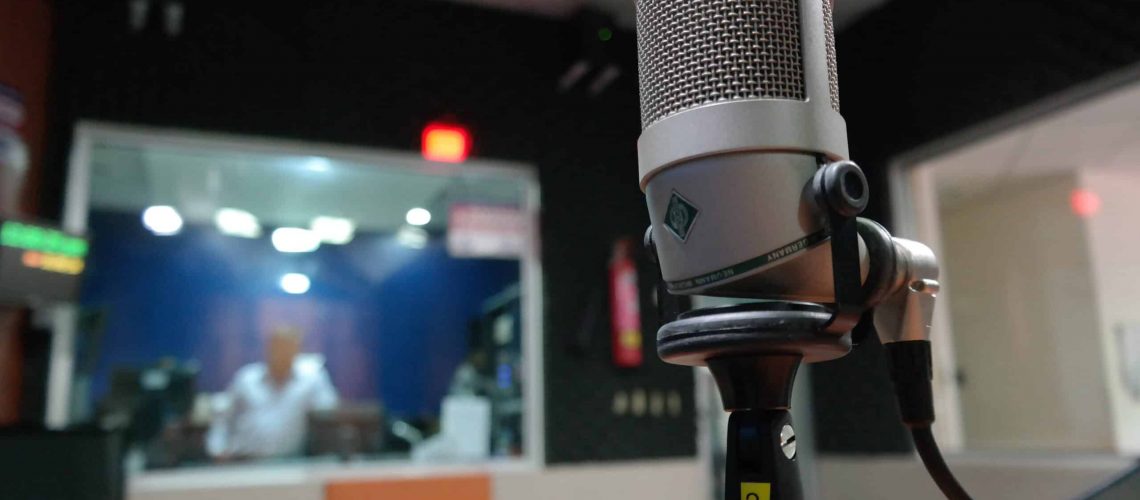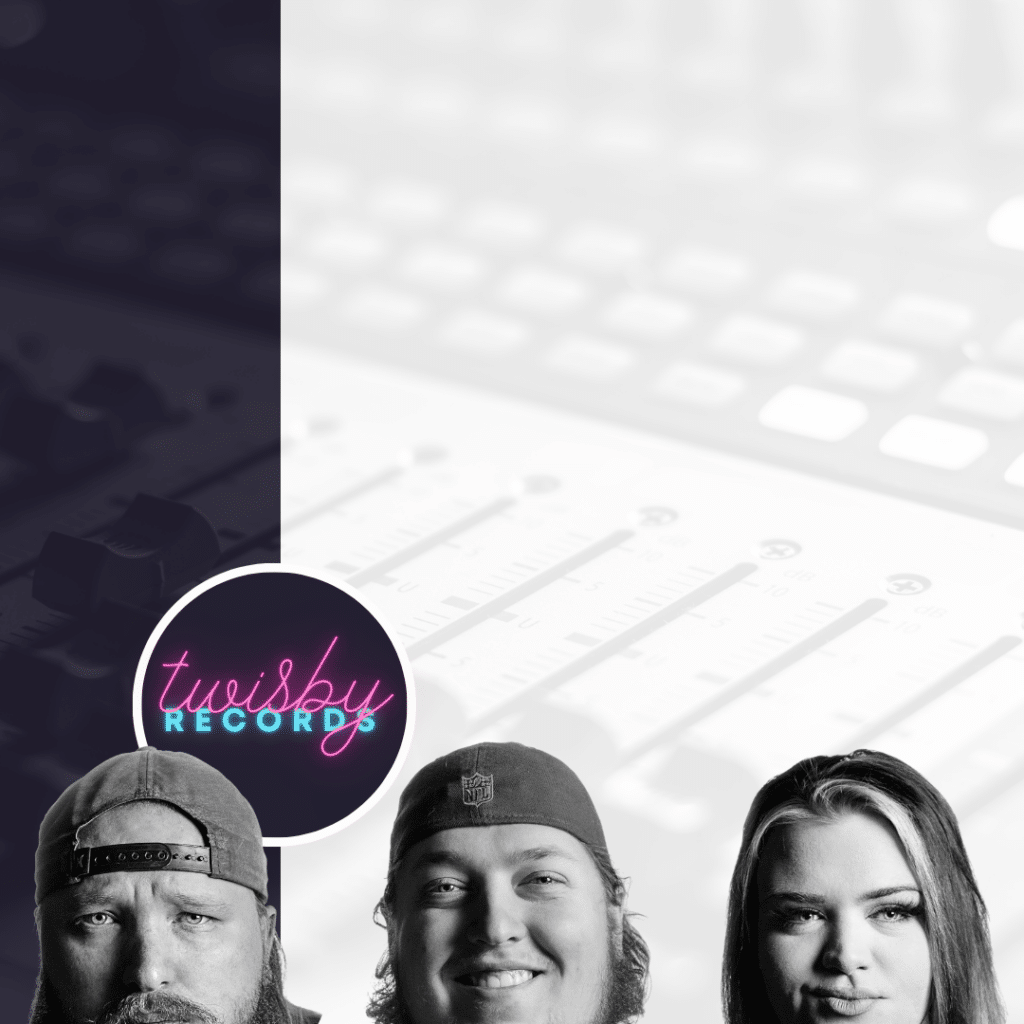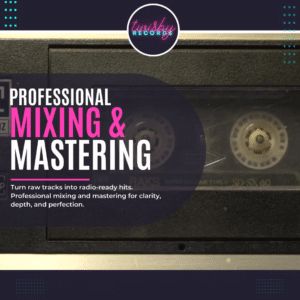Layering vocals is a powerful technique used by music producers and audio engineers to create a rich and dynamic sound in their recordings. It involves combining multiple vocal tracks to add depth, thickness, and interest to the lead vocal, and it seems to be the best kept secret in the industry, because the majority of tracks that come across my desk, don’t utilize them. So let’s change that today!
1. Lead Vocal
I know this seems a bit redundant, but before diving into vocal layering, it’s crucial to begin with a solid foundation – the lead vocal comp. A “comp” is a composite vocal track created by selecting the best parts from multiple takes and piecing them together. There are two common approaches to recording comps:
- Record multiple takes: This method involves recording several takes of the lead vocal and then choosing the best sections from each to create the final comp. This can be done as a whole, or in sections. This approach works well when tracking on your own. It allows you to capture the most natural and expressive performances, as well as providing flexibility during the editing process. Be prepared to invest time and effort in analyzing each take and making the right decisions for your comp.
- Comp as you go: This approach is more suitable when working with an audio engineer, as when you are in a creative mood, dealing with technical aspects can ruin the vibe, and even affect your ability to connect with the song emotionally. It involves recording sections of the lead vocal one at a time, with the engineer selecting the best parts and creating the comp on the fly. This method can save time and maintain the creative flow during the session, but it requires a high level of trust and communication between the artist and the engineer.
After comping, it’s essential to edit and “pocket” the vocals, ensuring they’re in time, you don’t need to tune right now, just slap on autotune and leave the tuning to a later date (unless something is way off). This step will make the layering process much smoother.
2. Double the Lead
Doubling the lead vocal is a common technique used to add width and depth to the sound. Depending on the genre and desired effect, you can record anywhere from 2 to 8 doubles, on top of the lead vocal track. Doubles help to reinforce the lead vocal, making it fuller and wider in the mix.
If you don’t do anything else, do this. So many times we get tracks that don’t have doubles. Even the best engineers in the world can’t get your single lead vocal to sound as big as your favorite artists. Why? Because your favorite artists…. ALL record doubles!
- Record doubles in pairs, one for the left and one for the right, to create a balanced stereo image.
- Use more doubles on the chorus than the verses, and consider adding extra doubles for a bigger final chorus.
- Experiment with doubling specific phrases in the verses to emphasize particular lines or create interesting effects.
- Use a program like VocAlign to align the doubles with the lead vocal. A skilled audio engineer should also be able to do this during the mixing process.
When recording doubles, it’s essential to match the tone, phrasing, and energy of the lead vocal as closely as possible. However, slight variations can add a sense of depth and richness to the sound. To achieve this, try the following:
- Stand at the same distance from the microphone as you did for the lead vocal to maintain a consistent tone.
- Listen carefully to the lead vocal while recording doubles to match the phrasing and rhythm as close as possible. Pay close attention to the ending of words and phrases as well, long tails can be distracting and hard to edit.
3. Harmonies
Harmonies can add color and interest to your vocal arrangement. They provide a sense of depth and complexity to the melody, creating a more engaging listening experience for the audience. When recording harmonies, consider the following:
- Each harmony should be doubled, with a total of two tracks per harmony part.
- Experiment with different harmony parts to find what sounds best for your song. Just sit there and loop a section to see what parts work and what doesn’t and just record each pass so you don’t miss anything.
- If you’re not confident in creating harmonies, try using pitch correction software like Auto-Tune or a harmony generator plugin like Antares Harmony Engine to explore different options.
- Choose harmonies that complement the melody and enhance the overall feel of the song.
- Not every note has to be different you can sing the same melody different ways, like going up or down opposite of the melody at the end.
- You don’t have to harmonize over every part, try reinforcing transitions, or just small words or phrases. One of my favorite uses of this is Taylor Swift’s song “Lavender Haze” The way they used harmonies to really take what is otherwise (on paper) lacking chorus was brilliant. Coincidentally this is also a good example of doubles, as the doubles are slightly more prevalent in this song than in most songs, and even includes whisper vocals that i mention later in the article. (Skip to 1 minute if you want)
4. Octaves
Recording octaves involves singing the same melody an octave above and/or below the lead vocal. This technique can produce intriguing vocal stacks and add depth to your arrangement. Octave recordings generally don’t require doubling and are often blended in the center with the lead vocal. However, you can double them if you prefer.
- Singing an octave higher can add brightness and energy to the lead vocal, while singing an octave lower can provide warmth and depth.
- Experiment with different combinations of high and low octaves to find the perfect balance for your song.
- You can also use plugins like Little Alterboy to achieve this effect with some very fun commonly heard textures.
5. Whisper Vocal
Whisper vocals might sound unusual, but they can add a unique texture to your vocal arrangement, especially in pop music. One of my favorite things to do is to double the vocal with a doubled whisper one panned right and one panned left. These very subtle nuances, when slightly layered in can add very pleasant ear candy that you would never know were there.
- Maintain a consistent distance from the microphone to capture a clear and balanced whisper sound, you’re going to want to turn the gain up on your input, but make sure you aren’t clipping. If you have any room noise try to turn it off (fans, air conditioners, etc.) And try to leave some dead air with no noise in the takes as well, just in case the engineer has to clean up the takes in the mixing phase.
- Pay close attention to the rhythm and phrasing of the lead vocal to create a seamless blend.
- Experiment with different levels of intensity when whispering to add subtle variations to the texture, you can experiment with just quietly singing the melody as well.
6. Gang Vocals or Choir
Gang vocals or choirs can add a massive, anthemic quality to your song. While it’s definitely not necessary to have a Choir in every song, sometimes, having a gang vocal or choir can really boost up a track.
While I’m sure you know what a choir is, gang vocals often get confused with a choir. Gang vocals are normally 1 person or multiple people shouting into a microphone. These can really ramp up the energy of a song. One of my current favorite songs that does this very well Is the song below by Judah & the Lion. Right away when the hook “Take it all Back” comes in you can here the “gang vocals”. Now picture what it would sound like without them. It doesn’t change much, but it would definitely lower the amount of energy.
- Record at least 6 tracks per part, with different vocal tones and accents for added variety. You can even go as high as 20, but in most cases too many tracks just muddys up the mix without adding more effect.
- Encourage each singer to change their voice for each take, use different tones, impersonate actors throw on accents, yell from the back of the room. The subtle differences make the choir seem larger and, just like in a real choir, the unique voice of each take is able to come together for a large and full sound.
- Vary the positions of the singers around the microphone to create a more natural-sounding choir effect.
- When doing gang vocals be sure to step back from the mic and monitor to make sure you aren’t clipping your input.
- Experiment with different arrangements, such as unison singing or multi-part harmonies, to achieve the desired sound. If you’re doing this as a band, you’re about to have a hard time not laughing, but trust me, it will pay off.
7. Ad Libs and Runs
Ad libs and vocal runs can inject energy and excitement into your song. Consider adding hype-man phrases, repeating certain lines, adding “oohs” and “ahs,” or belting out the hook behind the chorus. Don’t be afraid to let loose and have fun with this process – some magical moments can emerge from experimentation.
Panning and Creating Space
While we absolutely recommend NOT mixing and mastering your own music (you can read our article as to why HERE). You should still know how to pan these elements to get an idea of what your desired sound is, and figure out what is missing.
Panning is essential for giving each vocal layer its own space in the mix. It helps to create a balanced, spacious, and immersive listening experience, allowing each element of the vocal arrangement to shine.
- Pan doubles hard left and hard right to create a wide stereo image. if working with multiple doubles spread them out evenly over the spectrum. IE: pan your main doubles hard left and hard right, then maybe the next pair of doubles at 9 and 3 o’clock, and so on
- Automate your doubling panning in the verses. Make sure the doubles are tighter together in the verses, think like 10 and 2 o’clock. That way when the chorus comes in you can move them hard left and hard right to really make the chorus pop and get the effect of a big wide vocal.
- Spread harmonies throughout the spectrum. While you may have recorded doubles to the harmonies, this is where you can decide to cut one side and have different harmonies spread through out. Experiment with the high harmonies on one side and the low on the other. Just consider this like a seesaw, and make sure whatever you add to one side, it has an element on the other to keep it balanced.
- The octaves should be left in the center, or if they are fighting with the lead vocal, snare or bass notch them to the left or right very slightly to make room.
- Keep ad libs, runs, and other accent tracks panned more conservatively to avoid cluttering the stereo field.
Preparing to Record Vocals
I can’t talk about recording vocals and not talk about prepping. Not only does prepping to record help speed up the process, it’ll save you money in the studio, time, and your voice.
- The day before and the day of recording, take care of your voice by staying hydrated, drinking hot tea with honey and lemon, and doing vocal warm-ups. You’ll want hot tea the day of as well and ONLY drink lukewarm water. Cold water tightens up the vocal chords.
- Don’t drink or smoke, I know, this is a tough one.
- Stay away from dairy products both the day before and the day of.
- Plan your session by thinking about the various layers and harmonies you’d like to record, write the ideas down, and use your phone to make voice notes if you need to.
- Print out your lyrics, I like to print out lyrics in a spreadsheet line by line and allow room for checkmarks so i can keep track of what takes I liked and which ones were scratches.
Emotion
Beyond technical aspects and vocal arrangements, capturing genuine emotion in your vocal performance is crucial for creating a dynamic and professional sound. Emotion is what connects listeners to your music, and it can elevate a good vocal performance to an unforgettable one.
I will always preach emotion, a well-delivered emotional performance with an ok song, will outshine a bland performance of the greatest song ever any day of the week
- Connect with the lyrics and meaning of the song, and internalize the emotions you want to convey.
- Visualize a story, a memory, or a feeling that resonates with the song’s message and mood.
- Experiment with different vocal tones, inflections, and dynamics to express the emotions effectively.
- Don’t be afraid to take risks and step out of your comfort zone to deliver a heartfelt, vulnerable performance.
- Don’t have an audience, it’s just a distraction and can be intimidating actually HINDERING your performance. This isn’t a show, you should be allowed to mess up, and experiment, without having to second guess yourself every step of the way.
- If you can’t connect with the song, step away until you can. If you aren’t connecting with it, chances are your audience won’t either.
A few honorary mentions for layers are a “vocal pad” which is where you layer vocals behind the melody as a texture/ instrument. Think of these as the overarching long OOs and Ahs behind a vocal that are doing the job of a pad. The other 2 are vocoders (which i love the sound of) and vocal chops. You can do those as well, but we consider those more of a production layers rather than an actual vocal layer.
Layering vocals is an art form that requires practice, experimentation, and creativity. By following these tips you’ll be well on your way to creating dynamic, professional-sounding vocal arrangements. Remember to trust your instincts, prioritize capturing genuine emotion, and have fun throughout the process – the best results often come from a place of genuine enjoyment and passion for your craft.
If you’ve made it this far, go try these steps yourself, and if you want feedback or help, well that’s why we created this studio in the first place…
















